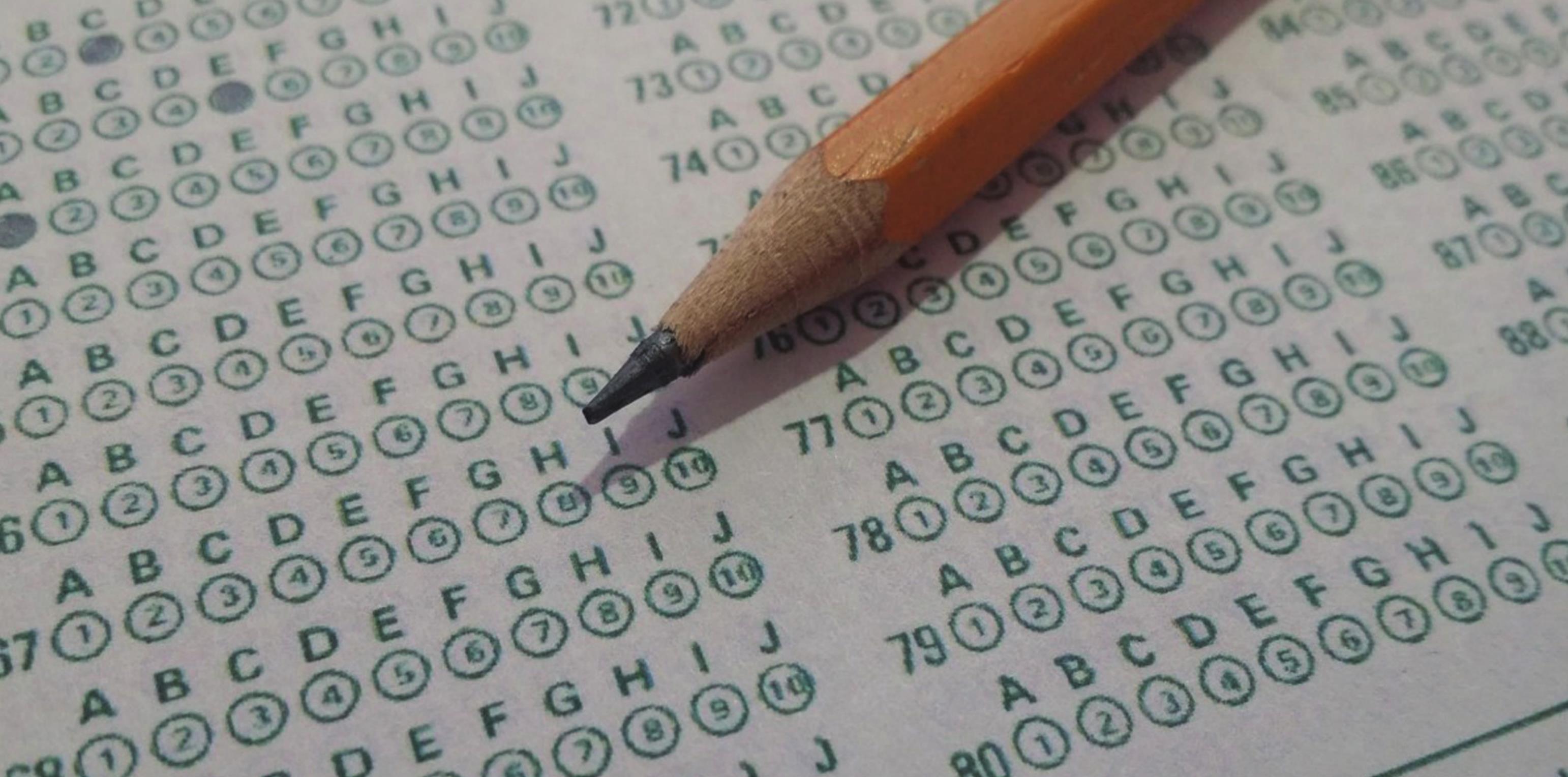Oklahoma’s average ACT composite score climbed 1 point in 2021, though far fewer students took the exam due to pandemic cancellations.
The state’s class of 2021 averaged a 19.7 on the ACT, according to data released Wednesday. The national average was 20.3 on the exam, which has a maximum score of 35.
But Oklahoma’s participation dropped to an estimated 58 percent after several years of achieving 100 percent due to the state’s requirement all 11th graders take a college readiness exam at school for accountability. Nearly all Oklahoma districts administer the ACT, though a few use SAT.
These students would have been in 11th grade in 2020, when state tests were canceled at the onset of the COVID-19 pandemic. All states received federal waivers from testing that year.
The Oklahoma Department of Education planned to pay to administer the ACT or SAT in the fall of 2020 when those students returned for their senior year, but the Oklahoma State Legislature cut the department’s budget by $78 million, including $5.4 million less for testing.
Students could take the test on their own at a national testing site, but there are barriers to doing so, including cost, transportation, work and family obligations, and coronavirus-related closures.
This year, the state expanded the exams offered to students using federal COVID-19 relief funding. Schools could provide optional test dates for the ACT, SAT and PSAT for students in 10th through 12th grades. The PSAT is the qualifying test for the National Merit Scholarship program.
Beginning with the 2017 graduating class, Oklahoma began offering either ACT or SAT for free during school hours to all juniors. That year’s seniors averaged a 19.4 composite, a onepoint compared to the previous year.
A decrease in scores typically occurs when the pool of test takers is widened.
Nationally, though, both the number of students who took the ACT and the average score declined. U.S. 2021 graduates’ average composite score of 20.3 was down from 20.6 in 2020 and the lowest score in more than a decade, according to ACT.
Among the class of 2021, just 1.3 million students took the ACT, compared to 1.7 million 2020 graduates and 2 million students from the Class of 2017. Far fewer students took the SAT as well, according to College Board. Most universities across the country have opted to not require students to submit standardized test scores, with those policies expanding significantly since 2020. That has been good news for students, particularly those from diverse backgrounds, Bob Shaeffer, executive director of the National Center for Fair & Open Testing, or FairTest said, an advocacy organization that works to end biases and misuses of standardized testing.
Test-optional schools consider applicants’ grade point average, class rank and other achievements. About two dozen Oklahoma universities are included on a list of test-optional schools maintained by FairTest.
“In general, schools that went test-optional got more applicants, better academically qualified applicants and more diversity,” Shaeffer said. “It’s been a win-win for students and admissions offices.”
The freshman class at the University of Oklahoma in Norman is the most diverse in the school’s history, according to university data. Of its 4,595 freshman students, 38 percent are non-white and 25 percent are first-generation students, meaning they do not have a parent who completed a bachelor’s degree.
Just 65 percent reported an ACT or SAT score in their application, compared to nearly 99 percent in 2020, the data shows.
Oklahoma State University in Stillwater also reported admitting its most diverse class of students ever, with historically marginalized and underrepresented students making up 30 percent of the incoming class. Twenty percent of the freshman class are first-generation students.
Shaeffer said he believes many universities will maintain test-optional policies after the pandemic.


